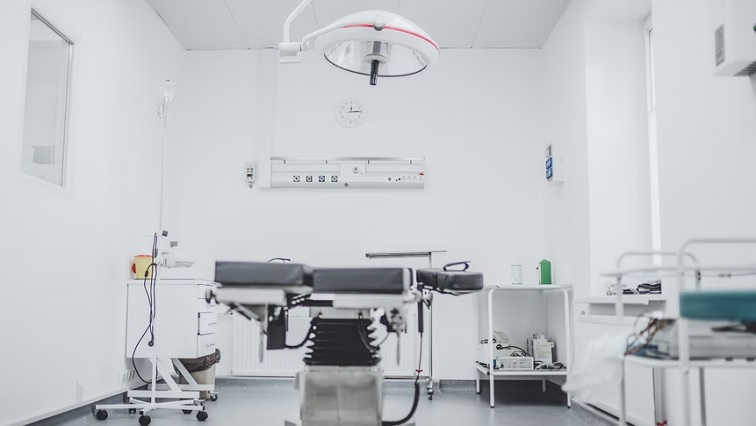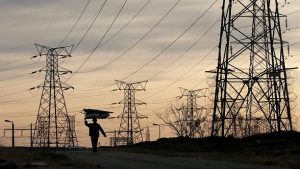Southern Africa’s biggest hospital, Chris Hani Baragwanath in Soweto, is also reeling from the effects of the widespread blackouts. The hospital has been forced to cut down on elective cases as Eskom struggles to keep the lights on.
The power utility implemented stage 4 blackouts this week, leaving many people frustrated. As South Africa’s electricity woes deepen, the health sector is among the scores bearing the brunt of the power crisis.
Chris Hani Baragwanath Hospital has 15 generators supplying power to critical areas of the hospital. But on Tuesday one of them failed to kick in. Luckily, engineers were on hand to intervene and ensure that the hospital continues to provide healthcare services.
Hospital spokesperson Nkosiyethu Mazibuko says they have been forced to prioritise cases.
“We do have elective cases that we had pre-planned to do on time. However, due to this ongoing load shedding, we had to re-prioritise in order to accommodate ones that are of emergency that we cannot move away.”
Patients returning home without assistance
Mapule Mputhi from Orange Farm, south of Johannesburg, says she travels to Chris Hani Baragwanath Hospital to take her toddler for regular check-ups due to a cleft foot. She spends about R50 a trip, and when there is blackouts she is forced to return home, without receiving any assistance.
“I have a child who has cleft foot and has to have an orthopedic cast put on the leg after every six months. So, when there is no electricity, we are forced to return home without it because they use hot water to put it. That’s the challenge we have about this load shedding. It is costly for us because we are forced to go back home without getting help.”
She is not the only one. Johanna Khambule from Thokoza on Gauteng’s East Rand also comes to Bara for treatment. She says each time the power goes out whilst inside the hospital, panic is created among patients.
“It just becomes pitch black whilst we are sitting inside, and patients start screaming, it is just chaos as we are not sure what is happening. This load shedding is not good.”
Clinics also affected
The situation is also dire in clinics in townships, where there are no generators to provide backup. Healthcare workers are not spared the ravages of the electricity crisis, especially those working in theatres and ICUs.
Lerato Mthunzi is the General Secretary of the Youth Nurses Indaba Trade Union.
“Our most impacted areas become theatres and ICU, where even if there’s back up of generators they continue either bagging….manually. And you will remember we have a serious problem of shortage of staff where sometimes you are a nurse in ICU looking after two or three patients. You have two hands, and you can assist one patient, so which one do you prioritise. So the adverse effect of this has been absolutely bad.”
While Eskom searches for a solution to keep the lights on, for the healthcare sector and its staff it is a balancing act of improvising and keeping patients alive.
Eskom briefing on the blackouts:






